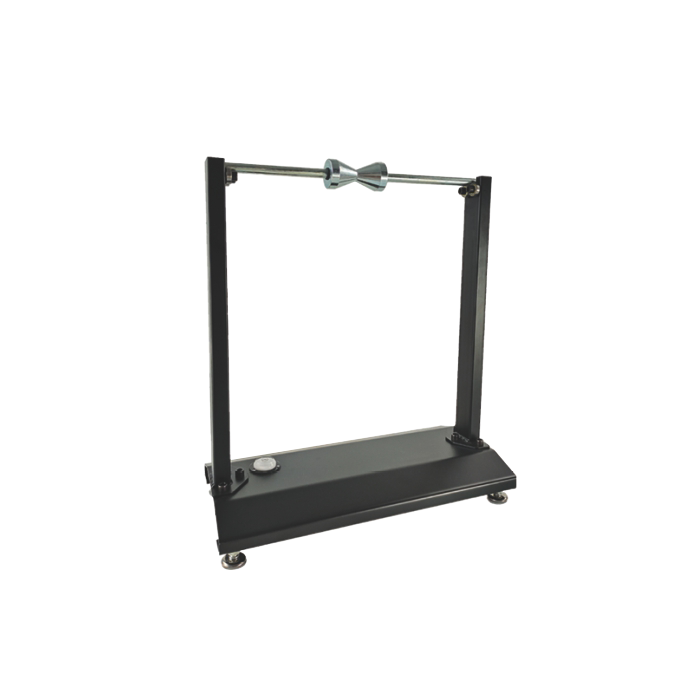Proper Positioning and Weight Distribution
Selecting the Ideal Location
Choosing the right spot to position your motorcycle balance stand is paramount for safety. Opt for a level, solid surface that can support the combined weight of your bike and the stand. Because they provide a greater threat of instability and accidents, avoid surfaces that are uneven or slippery. Concrete floors in garages or workshops are typically ideal, but if working outdoors, ensure the ground is firm and free from debris.
Aligning the Stand with Your Motorcycle
Proper alignment between the motorcycle balance stand and your motorcycle is crucial for optimal weight distribution. Position the stand directly under the bike's center of gravity, which is usually located near the engine. This arrangement keeps the bike from toppling over or moving unpredictably by distributing the rider's weight evenly. Take the time to adjust the stand's height and width to match your specific motorcycle model for a secure fit.
Balancing Techniques for Different Motorcycle Types
Different motorcycle styles may require unique balancing techniques. For instance, sport bikes with fairings might need additional care to avoid damaging the bodywork. Cruisers and touring bikes, due to their heavier weight, may benefit from using two balance stands for added stability. Familiarize yourself with your motorcycle's specific requirements and adjust your approach accordingly to ensure safe and effective use of the balance stand.
Regular Maintenance and Inspection
Routine Checks Before Each Use
Before utilizing your motorcycle balance stand, perform a quick visual inspection to ensure all components are in good condition. Look for signs of wear, damage, or loose parts that could compromise the stand's integrity. Pay special attention to the contact points where the stand meets your motorcycle, as these areas endure the most stress. A thorough pre-use check can prevent potential accidents and extend the lifespan of your balance stand.
Cleaning and Lubrication Practices
Regular cleaning and lubrication are essential for maintaining your motorcycle balance stand's functionality and safety. Remove any dirt, dust, or debris that may accumulate on the stand's surfaces, particularly in moving parts or adjustment mechanisms. Apply a suitable lubricant to joints and pivot points to ensure smooth operation and prevent rust or corrosion. This routine maintenance not only enhances safety but also prolongs the stand's durability.
Addressing Wear and Tear
Over time, even high-quality motorcycle balance stands may show signs of wear. Be proactive in addressing any issues you notice during your regular inspections. Replace worn rubber pads or contact points to maintain a secure grip on your motorcycle. Tighten loose bolts or screws, and if you encounter any structural damage or severe wear, consider replacing the stand entirely. Remember, a well-maintained balance stand is a safer balance stand.
Understanding Weight Limits and Compatibility
Knowing Your Motorcycle's Specifications
Before selecting or using a motorcycle balance stand, it's crucial to understand your bike's specifications, particularly its weight and dimensions. Consult your motorcycle's manual or manufacturer's website to obtain accurate information. This information will be useful in selecting a balance stand that can support your weight and is compatible with your particular model.
Selecting the Right Stand for Your Bike
Not all motorcycle balance stands are created equal, and choosing the right one for your bike is essential for safety and effectiveness. Think about how much weight the stand can support, how easily it can be adjusted, and whether it will fit your motorcycle's frame or swing arm. Make sure you get a stand that fits your bike's style and needs, since some supports are made for specific kinds of bikes.
Adapting to Different Motorcycle Models
If you own multiple motorcycles or frequently work on different bikes, consider investing in a versatile balance stand that can accommodate various models. To make sure they work with all sorts of motorbikes, search for stands that have height, width, and contact point adjustments. You can customise the stand to fit and secure each particular motorcycle using interchangeable adapters or attachment points offered by some modern balance stands.
Conclusion
It is imperative that all riders who prioritise safety and regular maintenance learn how to operate a motorcycle balance stand properly. By implementing the three key safety tips discussed - proper positioning and weight distribution, regular maintenance and inspection, and understanding weight limits and compatibility - you'll significantly enhance your workshop safety and efficiency. Keep in mind that riding a motorbike that has been properly serviced is about more than just speed; it is also about your safety. Put these safety measures first, and not only will you have a more pleasant and worry-free ride, but you will also extend the life of your bike.
Contact Us
Ready to elevate your motorcycle maintenance game? For more information about our high-quality motorcycle balance stands and other maintenance tools, contact us at info@runva.com.cn. Let's prioritize safety and performance together!

_1737625693698.webp)


